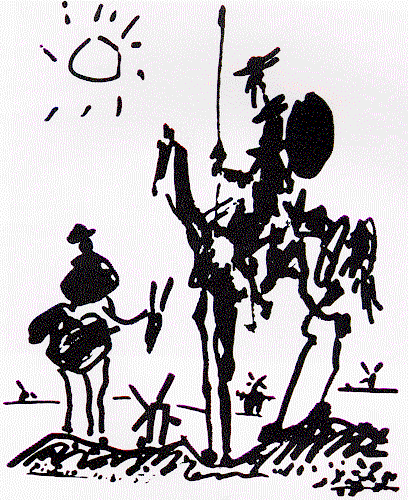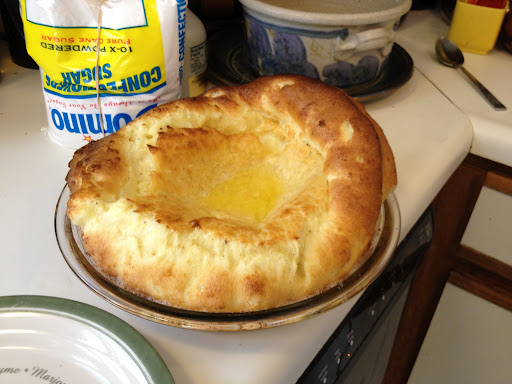The difference between a weed and a flower is judgment. Or maybe just attention. Who – other than the gardeners who spend hours uprooting them – really thinks about weeds? Weeds are tenacious growers, always looking for new ways to survive where they’re not wanted. Although most are unassuming, they always carry rich histories and often have potent properties. Learning about these overlooked plants can teach us about spontaneity, endurance, and healing. Every two weeks, I’ll find out everything I can about a local (to wherever I am at the time) weed that’s in season so that we can become better acquainted with one of our quiet but powerful neighbors.
Context is everything. In Colombia, guascas are an essential ingredient in a chicken and potato stew called ajiaco. In the U.S., gallant soldiers are organic gardeners’ worst nightmare. No matter what you call them, Galinsoga parviflora are probably the cutest members of the daisy family.













